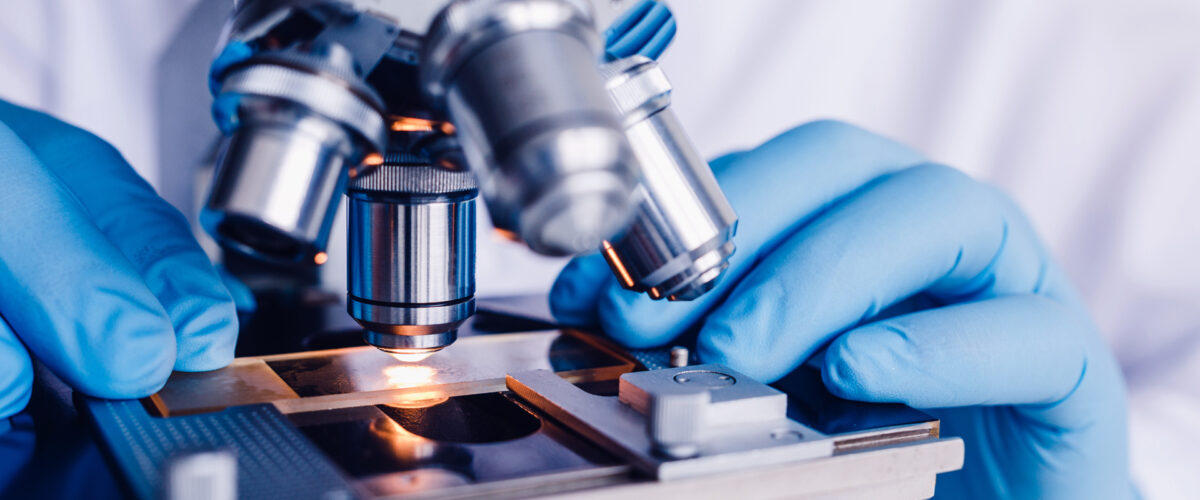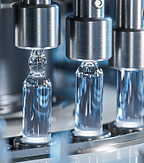Article | 17 May 2017
New legislation for all medtech products finally ready!

Swedish Medtech is the trade association for all medical technology, or ‘medtech’, companies with operations in Sweden. Swedish Medtech’s vision is for Sweden to be an attractive country for medtech companies, that with value based innovations increase patient safety and create a sustainable care and welfare.
Medtech encompasses a very wide range of technologies and products. Examples include different kinds of implants, wound dressings, pacemakers, medical software and all imaging equipment in hospitals.
Medtech products are often highly complex and their development often requires expertise from a number of fields. Medtech consequently has its own specific regulation detailing what is required to launch a product onto the market.
Until now, three EU directives have regulated what is required for the market launch of a medtech product. These are now being replaced by two EU regulations that have been negotiated over a number of years.
Friday 5 May saw the publication of the long-awaited MDR and IVDR regulations in the EU’s Official Journal. IVD stands for in vitro diagnostic medtech products, and MDR, or Medical Device Regulation, covers the vast majority of all medtech products. These regulations will come into force on 25 May. There will then be a transitional period of 3 years for the MDR and 5 years for the IVDR.
This means that both the old medtech product directives and the new regulations will exist in parallel until May 2020 for medtech and until 2022 for IVD. In addition, some changes will be subject to even longer transitional periods, such as the introduction of Unique Device Identification (UDI), which involves the marking of products with a barcode or datamatrix. The introduction of these identification requirements first applies to products in higher risk categories.
In certain cases, parallel regulations will mean manufacturers can choose which rules apply when they release a product onto the market. The co-existence of two systems will place very high demands on both notified bodies and authorities.
In Sweden, the Swedish Medical Products Agency will establish the details regarding the application of the new regulations for the first six months following the introduction of the regulations. This is estimated to be completed by the end of November. Other authorities such as the Swedish Health and Social Care Inspectorate and the National Board of Health and Welfare will be affected by the new regulations.
Only then will we know all the details of the situation in Sweden. There may be important strategic considerations for companies regarding the timing of certificate renewal and choice of regulatory system.
There are also lots of technical systems to be finalised and groups to be appointed, as required under the new regulations. This includes Eudamed, the EU medical device database, and the Medical Device Coordination Group (MDCG) needs to be appointed.
So there is extensive secondary legislation and regulation that now needs to be established both at EU and member state level.
Notified bodies also have to register and gain certification under the new regulations. It is generally assumed that not all of them will do this. There are already waiting periods for access to notified bodies and longer processing times than before. This situation will get worse.
The new regulations pose a number of potential challenges, such as changes in risk classifications for a number of product groups, including medical software. An entirely new risk classification is being introduced for IVD, along with requirements for the use of notified bodies.
The introduction of UDI will mean companies have to think about their product range in a different way.
The current directives also include requirements on clinical data and clinical assessment. Such requirements will increase and change to some extent.
The MDR makes it possible for individual countries to decide if they want to permit the reuse of single use products. It has been said, however, that Sweden will not allow the reuse of single use products.
It will be an interesting autumn as the situation becomes much clearer, after which the work of the Swedish Medical Products Agency on the application of the new regulations will be completed.
Jan Heidebrandt, Manager, Compliance and
Regulatory at Swedish Medtech.
Contact:
Practice areas:


